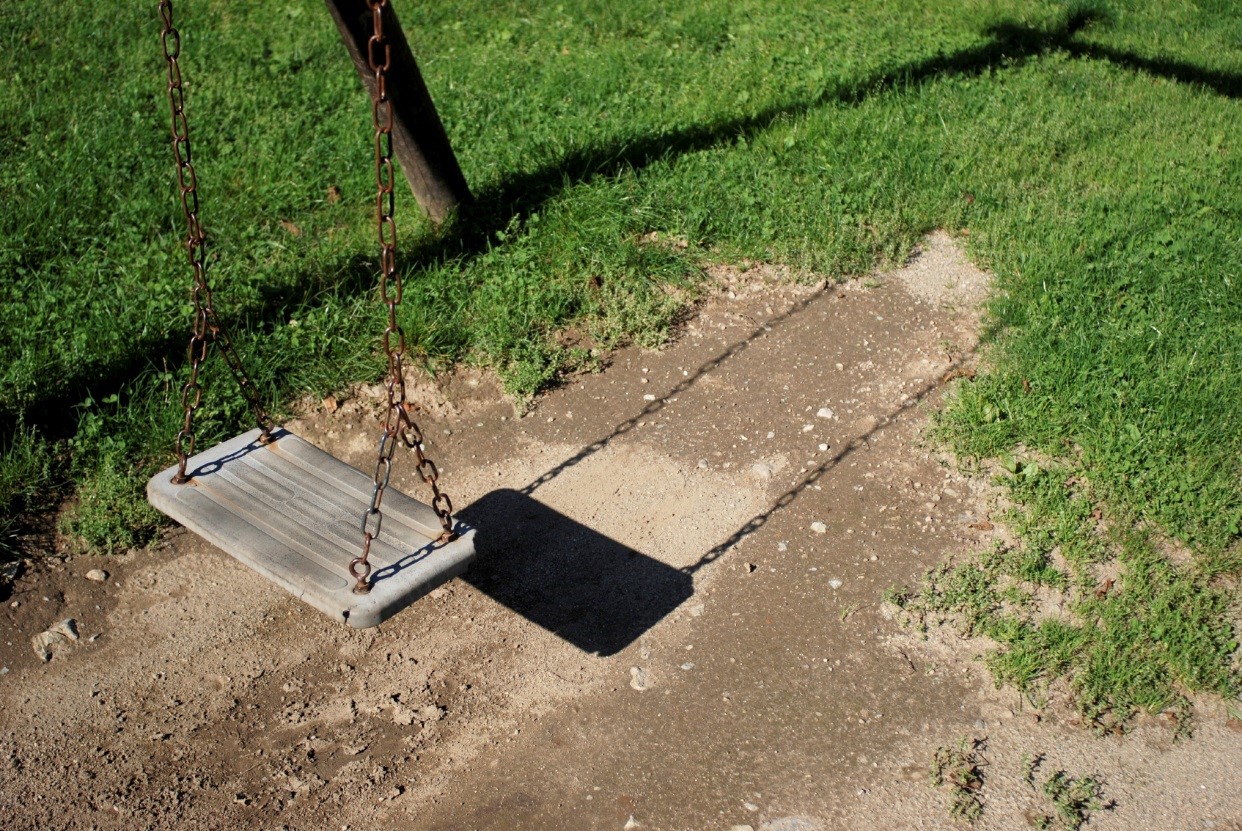This report was created by University of Pittsburgh and describes services offered by county Area Agency’s on Aging to help inform local strategies.
What is this report about?
This report describes the national landscape of Area Agency on Aging (AAA) services and supports, with particular focus on the services and supports of AAAs with demographically similar catchment areas to that of Allegheny County’s AAA (housed within the county’s Department of Human Services (DHS)). DHS contracted with the University of Pittsburgh to produce this report to help inform opportunities for growth and innovation.
The Aging Landscape complements the 2022 State of Aging, Disability, and Family Caregiving in Allegheny County, a comprehensive examination of Allegheny County’s aging, disabled, and informal caregiving populations conducted by the University Center for Social & Urban Research (UCSUR), the National Rehabilitation Research & Training Center on Family Support (NCFS), and the Health Policy Institute (HPI) at the University of Pittsburgh and other local organizations.
What are the takeaways?
- Fifty distinct services are provided by AAAs across the nation, with AAAs offering an average of 27 services.
- The number of services provided by AAAs with demographically similar catchment areas to that of Allegheny County DHS AAA range from 10 to 30.
- Allegheny County DHS AAA delivers a total of 18 services.
- In addition to AAA-required services (i.e., nutrition programs; evidence-based health promotion and disease prevention programs; supportive services for caregivers; and protection of the rights of older adults), a variety of supplemental services are provided by AAAs across the nation. The 10 most common supplemental services provided by AAAs include: transportation services; case management services; benefits/health insurance counseling and enrollment assistance; homemaker services; personal care services; options counseling; assessment services; elder abuse prevention and intervention services; senior center services; and long-term care ombudsman services.
- Senior center services, nutrition services (particularly in-home meal services), and information services constitute the preponderance of services among AAAs with demographically similar catchment areas to that of the Allegheny County DHS AAA.
- Innovative services and supports meriting Allegheny County DHS AAA consideration include, but are not limited to: telemedicine/telehealth services; COVID-19-related services (e.g., COVID-19 testing, vaccination); missing person programs; home sharing programs; educational programs (e.g., home safety education, medication education, life-long learning opportunities); and robotic pet support.
How is this report being used?
Aging Landscape Scan findings, along with 2022 State of Aging, Disability, and Family Caregiving in Allegheny County findings, are being used to inform the Allegheny County DHS AAA’s approach to supporting the health and well-being of Allegheny County older adults.










